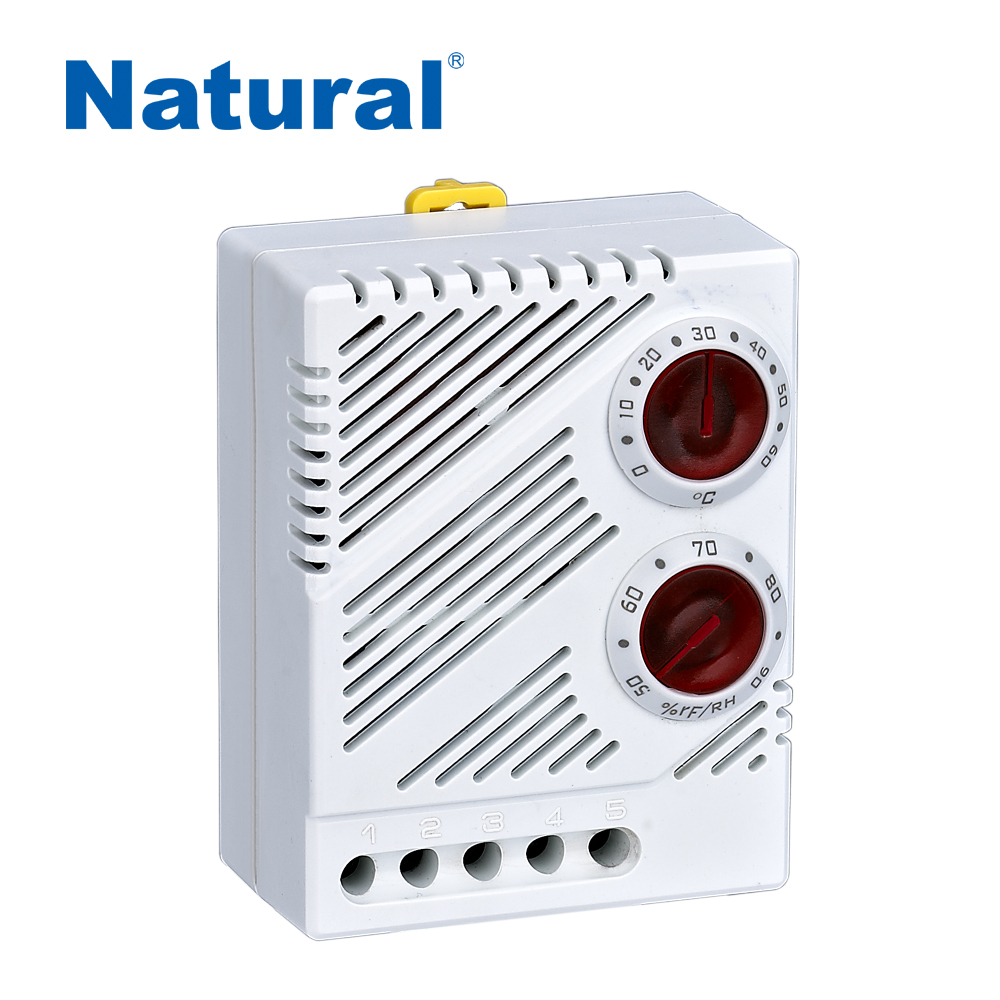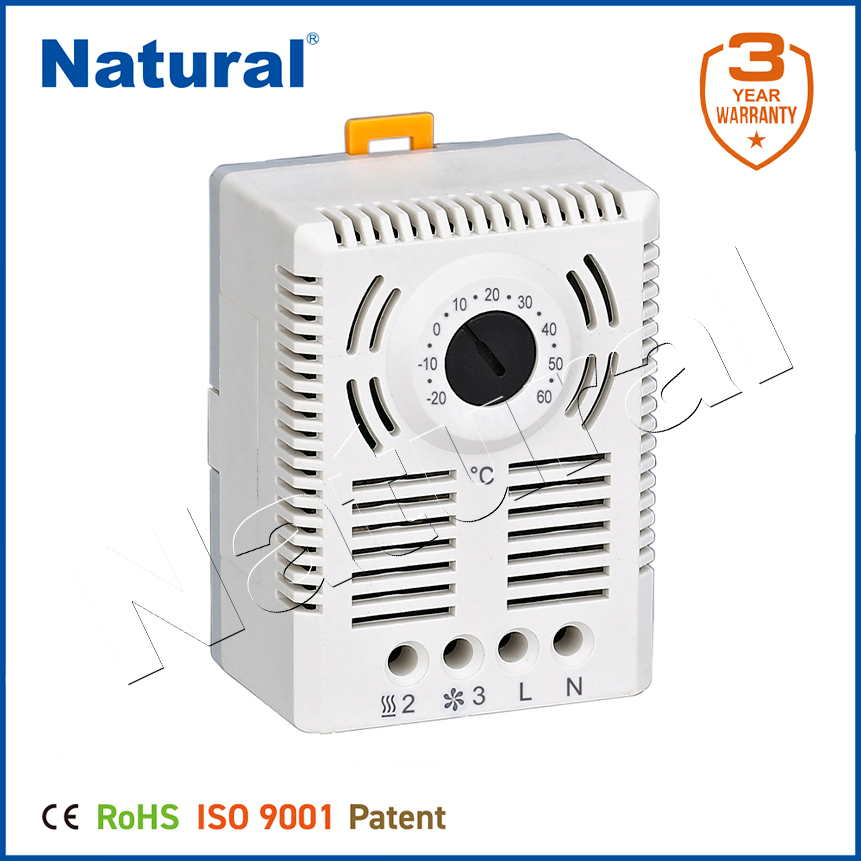In today’s world, where comfort and health are paramount, maintaining optimal humidity levels in our living and working environments has become increasingly important. One of the most effective tools for achieving this is the electronic hygrostat. This device plays a critical role in monitoring and controlling humidity levels, making it essential for various applications, from homes to industrial settings.

What is an Electronic Hygrostat?

An electronic hygrostat is an advanced instrument designed to measure and regulate humidity in the air. Unlike traditional mechanical hygrostats, which rely on physical components and analog readings, electronic hygrostats utilize digital sensors and microcontrollers for enhanced accuracy and reliability. These devices not only provide precise humidity readings but also allow for automated control of humidifiers and dehumidifiers, ensuring that the environment remains within a desired range. The Working Principle At its core, an electronic hygrostat functions by continuously monitoring the humidity levels in its surroundings. It employs hygrometers, which are sensors that measure the moisture content in the air. These sensors convert the humidity levels into electrical signals that the microcontroller interprets. Once the humidity level is detected, the hygrostat compares this value to the preset threshold. If the humidity falls below or exceeds this range, the device activates or deactivates the connected humidification or dehumidification systems accordingly.
